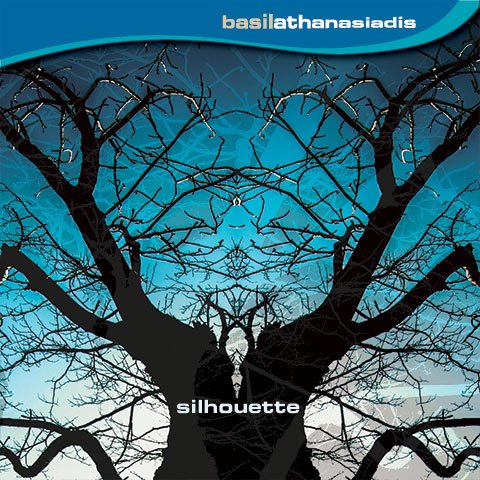After his first two CDs ‘Clouds That I Like’ (Sargasso SCD28067) and ‘Stray Cat’s Dream’ (Sargasso SCD28077), Greek composer Basil Athanasiadis continues his exploration of the Japanese/Zen aesthetic concept of ‘Wabi-Sabi’, an ambiguous and complex principle roughly translatable as ‘simplicity, emptiness, humility, primitiveness, impermanence, unpretentiousness’. Japanese traditional instruments such as the sho and the shakuhachi, are intrinsically connected to the Wabi-Sabi philosophy, infusing natural beauty into seemingly simple musical gestures, and, in Athanasiadis hands, become the perfect vehicles for a thoroughly contemporary musical investigation.
Another influence that infuses these recordings is the late composer Jonathan Harvey who met Basil in Tokyo and encouraged him to pursue his compositional goals. News of Harvey’s sad passing reached Basil while he was writing ‘Aura’ and is hence dedicated to him. Recorded in Tokyo by top-level Japanese and Western instrumentalists, all the works on this CD explore ideas of asymmetry, rhythmic disjunction between parts, emphasis on timbre and the lack of strong thematic presence or large scale climactic gestures. This does not mean that climaxes are avoided; they are simply not caused deliberately, or at least not used in their Western traditional sense. Instead, the accent gestures assume the role of the traditional climaxes. Their sparseness and brevity result in an inevitable shift of focus towards the present rather than the anticipation of future. The recent psychological concept of ‘Mindfulness’ is probably as close as the Western mind will get to Wabi-Sabi and Athanasiadis gives us a masterful insight in its spiritual musical embodiment.
After completing his piano and advanced theory studies at the National Conservatoire of Athens, Athanasiadis moved to London where he studied composition at Trinity College of Music, the Royal Academy of Music and finally at Canterbury Christ Church University where he obtained his PhD supported by the Research Studentship Award. His works are characterised by a strong visual identity; his performances have often been accompanied by dance or stage action. Early influences can be traced to Sergiu Celibidache’s views on aspects of ambience and acoustic space (Athanasiadis attended Celibidache’s Munich seminars in 1994), and in composers such as Christou, Feldman and Takemitsu..
TRACK LIST:
1. Silhouette (string quartet) – 11:51
2. Aura (sho, vibraphone) – 8:59
3 – 6. For The Ice (violin, piano) – 17:02
7. Faded Sonorities II (alto saxophone, marimba) – 11:09
8. Ithaka (shakuhachi, sho, samisen, koto, oboe d’amore, clarinet, viola, harp) – 9:58
Credits:
sho/saxophone: Naomi Sato (2, 7), percussion: Takafumi Fujimoto,
violin: Stelios Chatziiosifidis (3-6), piano: Junko Nakamura
Quartet Excelsior (1): Yuka Nishino/Momoko Yamada (violins), Yukiko Yoshida, (viola), Hajime Otomo (cello)
Okeanos (8): Robin Thompson (sho), Melissa Holding (koto), Clive Bell (shakuhachi), Etsuko Takezawa (samisen), Sally Pryce (harp), Jinny Shaw (oboe, oboe d’amore), Pete Furniss (clarinet), Bridget Carey (viola)
produced by: Basil Athanasiadis/Tatsuhiko Nishioka
recording engineer: Toru Kamekawa
editing: Toru Kamekawa/Basil Athanasiadis
recording dates: 21 February, 25 & 27 March 2013, 15 June 2006* recording location: Tokyo University of Music and the Arts, Senju Campus, Studio A (1–6, 8), Royal Northern College of Music (7) *live performance
TRACK LIST:
1. Silhouette (string quartet) 11:51
2. Aura (sho, vibraphone) 8:59
3 – 6. For The Ice (violin, piano) 17:02
7. Faded Sonorities II (alto saxophone, marimba) 11:09
8. Ithaka (shakuhachi, sho, samisen, koto, oboe d’amore, clarinet, viola, harp) 9:58
Also available as downloads:





